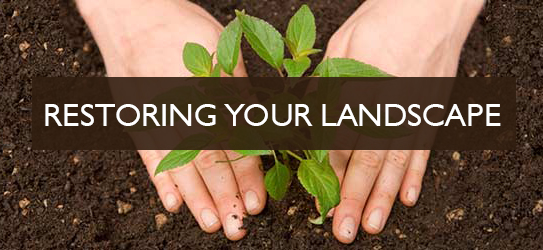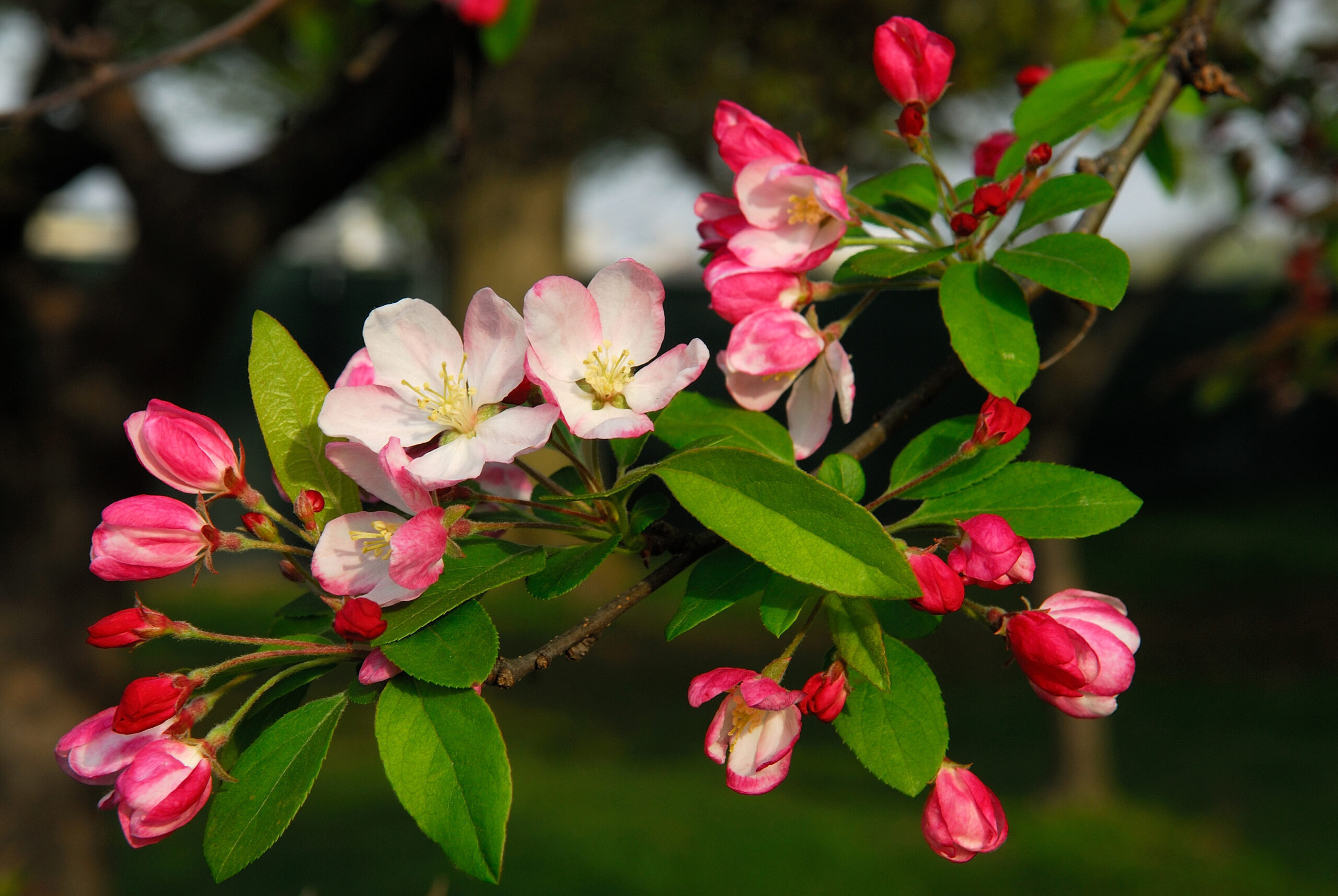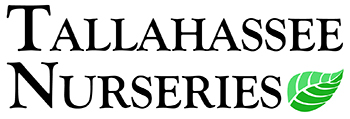
I would like to start this by stating my deep gratitude to the Tallahassee lineman for their work in restoring power to our city and for the health and safety of all of those who endured the frightening winds of Hurricane Michael.

Tallahassee has many side streets blocked by fallen limbs and trunks. The impact these horizontal trees had on our power grid was hard to miss, but the impact they had on our landscapes may prove to be just as significant. If you lost a tree in your front yard that provided shade, wildlife food and housing, beauty, or that oft sought after curb appeal, then you probably feel this loss as strongly as you felt the hot humid air each night you tried to sleep without A/C.
Now it’s time to make our gardens and landscapes as beautiful as they once were. By keeping a few considerations in mind while choosing a new tree, you may be able to avoid some of your current headache in the next big storm.

Crabapple Tree Blooming
There are two main categories of “Hurricane Smart” trees to pick, small growing and large growing. Small growing Hurricane Smart trees, those that top out at 20-30 ft, are easy to pick. Simply choose trees that mature to a smaller stature and make sure to plant them as far away from structures as they are predicted to grow tall. A falling tree will not do damage even if it’s 20 feet tall, as long as it is 20 feet or more away from your house. Small trees have varying degrees of wind resistance, but they all have the same desirable attribute. If placed a proper distance from buildings, they will do little or no damage even if they fail and blow over.
Large growing Hurricane Smart trees require a bit of research to identify. Luckily some of the great people at the University of Florida have done the groundwork for us all. UF scientists from many related fields made observations following 10 different hurricanes that caused varying degrees of damage to the state of Florida. The researchers combined this very useful information into an easy to read document that can be found here: http://edis.ifas.ufl.edu/pdffiles/FR/FR17300.pdf. As you plan to replace fallen large trees, be sure to chose trees that have been shown to be the least likely to blow over in a storm in the first place.
The effects of Hurricane Michael were indeed traumatic for many North Florida residents. If you’re just finishing cleaning up fallen trees, you may hesitate in replacing them, but you may soon miss those fallen friends. Large trees give our homes the summer shade we all crave. Flowering trees bring beauty to our lives we would otherwise only be able to dream about. Blooms and fruit provide food for our wild friends, and native trees form an integral part of the food chain for our favorite songbirds. No amount of planning can ensure your trees will stand in the strongest of storms. However, smart planning and good choices can make your landscape the beautiful space you deserve that brings only peace of mind when the leaves rustle in the breeze. Be sure to stop by Tallahassee Nurseries for expert advice in picking out your new Hurricane Smart tree!
*This article was written by Jonathan Burns (Tallahassee Nurseries Outdoor Manager, FNGLA Florida Certified Horticulture Professional) using information published by the University of Florida combined with years of personal observations growing in the Tallahassee area.


